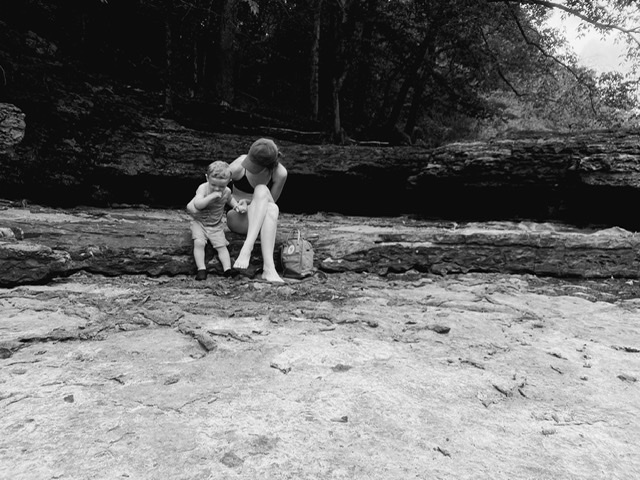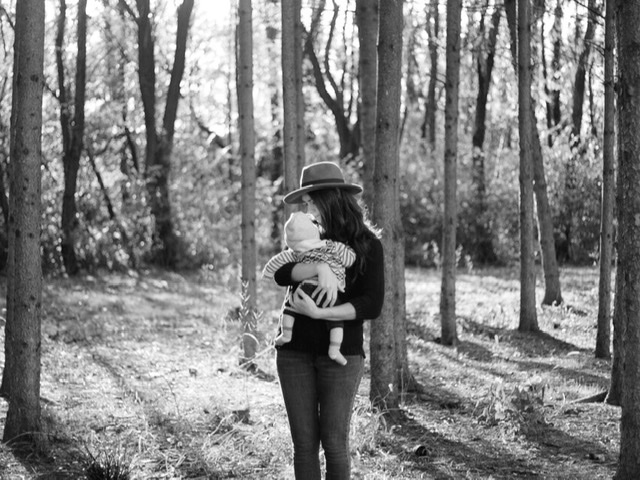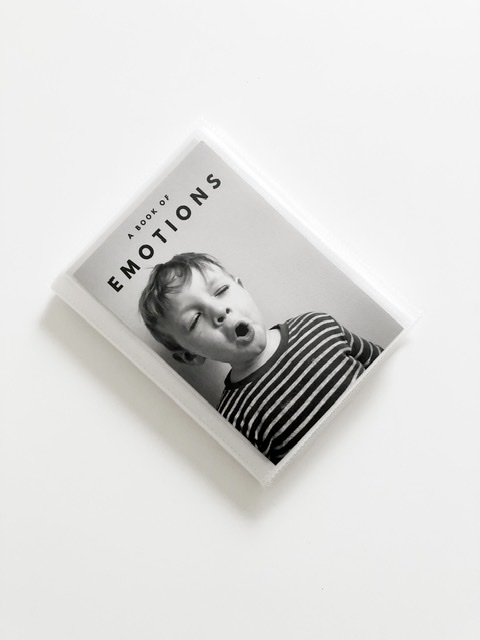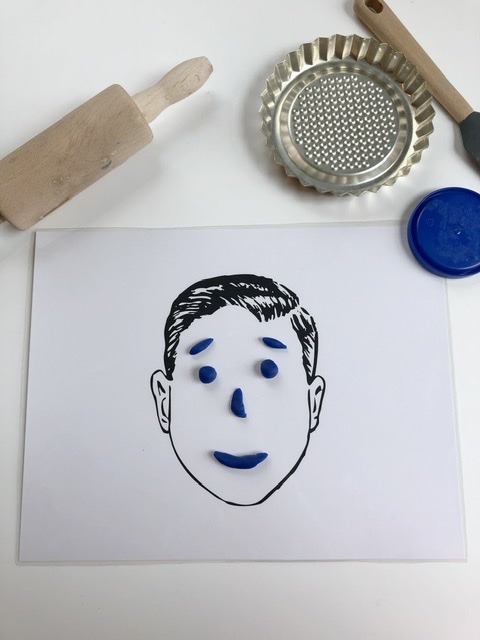
“So often children are punished for being human. Children are not allowed to have grumpy moods, bad days, disrespectful tones, or bad attitudes. Yet, us adults have them all the time. None of us are perfect. We must stop holding our children to a higher standard of perfection than we can attain ourselves.“
—Rebecca Eanes
It seems we have slowly but surely begun to quiet bits and pieces of what it means to be human because we find them inconvenient, difficult to understand, or beyond the realm of our control. But we are naturally feeling creatures. Our feelings can’t be isolated or separated from the rest of us. For better or worse, our emotions are deeply tangled and intertwined with the rest of our being: our physical, mental, social, spiritual selves.
Our emotions offer us valuable insight as to what is important to us. They provide us cues as to what we cherish, what we fear to lose, what we believe is right, who we wish to become, etc. .
Children experience emotions with exceptional intensity. And it can be incredibly frustrating to be told that a feeling is behaviorally “bad” instead of being guided in how to make sense of and properly express it. Nurturing emotional growth is not about controlling a child’s emotions so that they only ever experience happiness and never embarrass us with a temper tantrum. It’s about giving them tools to understand their emotions, equipping them with language to communicate, and teaching ways to validate and process and lean in with curiosity. It’s still a messy process full of emotion, but it seeks to weed out the additional frustration that is often heaped on top of emotions: feeling unheard or misunderstood.
There is a lot of progress being made in the realm of emotional health, but the work of cultivating healthy emotionality has long been avoided because it’s messy and sometimes inconvenient. Rather than leaning in to what our emotions are trying to reveal to us, we’ve been trained to hush the undesirable feelings and be ever in pursuit of the desirable ones. We attach morality to experiences. Happiness is good; anger and sadness are bad. But each of our emotions serve a purpose. Each possesses a validity of its own.
By way of reading countless articles and consulting a small collection of counselor friends, I discovered a word resurfacing over and over in regards to emotional health: curiosity. It is essential for us to learn to approach our emotions with curiosity, rather than seeing them as something for us to control and manipulate or as problems to be solved. When we feel an emotion stirring and beckoning our attention, we simply lean in. Sometimes when we lean in we find the feelings simply desiring recognition. Sometimes we find them requesting action. The more we lean in, the more we learn to discern what they’re asking of us and what they’re telling us.
Emotional Growth | In Practice
- Building an Emotional Vocabulary—There is a wide and nuanced spectrum of feelings. But one of the most helpful things we can do as parents is teach our children proper words for their emotions. It’s such a gift to be able to find the perfect word to describe how you’re feeling and it’s wildly frustrating to feel misunderstood. Properly communicating our feelings is essential for connection and the only way we can work through certain emotions is by knowing what exactly they are. There are many ways to build an emotional vocabulary, playing with flashcards, making a photobook of your child expressing different emotions, building faces out of playdough. But perhaps the most helpful is naming the emotions that you recognize in them as they surface. (There’s a free printable here on the blog and some helpful tips on how to create your own emotional vocabulary book.)
- Encouraging Empathy—When we dismiss the feelings of a child, we are teaching them to dismiss the feelings of others. The example that comes to mind most often for me is if a child is hurt and crying and we respond with what feels like a natural, caring response. We give them a squeeze and say, “It’s okay. You’re fine.” But that’s not really what fine feels like, is it? My intention is certainly not to heap on guilt, because parenting is hard. I don’t think you’re going to ruin your child by being a naturally caring parent. But I’m proposing that maybe there is a more helpful way and that maybe what we often mean is, ”It’s going to be okay. You’re feeling sad and hurt. When you’re ready, you can go play some more.” There’s still a sense of security in knowing that they will be okay, but it also validates how they’re feeling, gives them language for it, and gives them space to process.
- Reading—Reading together offers many opportunities to point out emotions, ”Oh, I bet that made him feel frustrated.” ”She must have been so excited!” The power of story is so helpful in building emotional intelligence, because we can insert ourselves into a variety of scenarios and imagine what that would be like without actually having to create those scenarios.
- Teaching Healthy Emotional Processing and Expression—Daniel Tiger’s Neighborhood has been a wonderful resource for us. It equips toddlers with tools for what to do with emotions. They teach simple phrases like, ”When you’re feeling frustrated, take a step back and ask for help.” or “When you feel so mad that you want to roar, take a deep breath and count to four.” or “It’s okay to feel sad sometimes, little by little you’ll feel better again.”
Emotional Growth | In Reflection
- What emotions do I embrace? What emotions are uncomfortable to me?
- What physical sensations accompany each emotion?
- What makes me feel happy?
- What makes me feel loved?
- What makes me feel angry?
- Do I usually have the right words to communicate how I’m feeling? Do I intentionally use this language around my children?
- Am I modeling good emotional health?
- What helps me to make sense of my emotions? How do I process them? (Journaling, Running, Walking, Painting, Dancing, Talking, etc.)
- What do I hope for my child in terms of emotional health? How do we get there? What needs to happen in our day to day?



